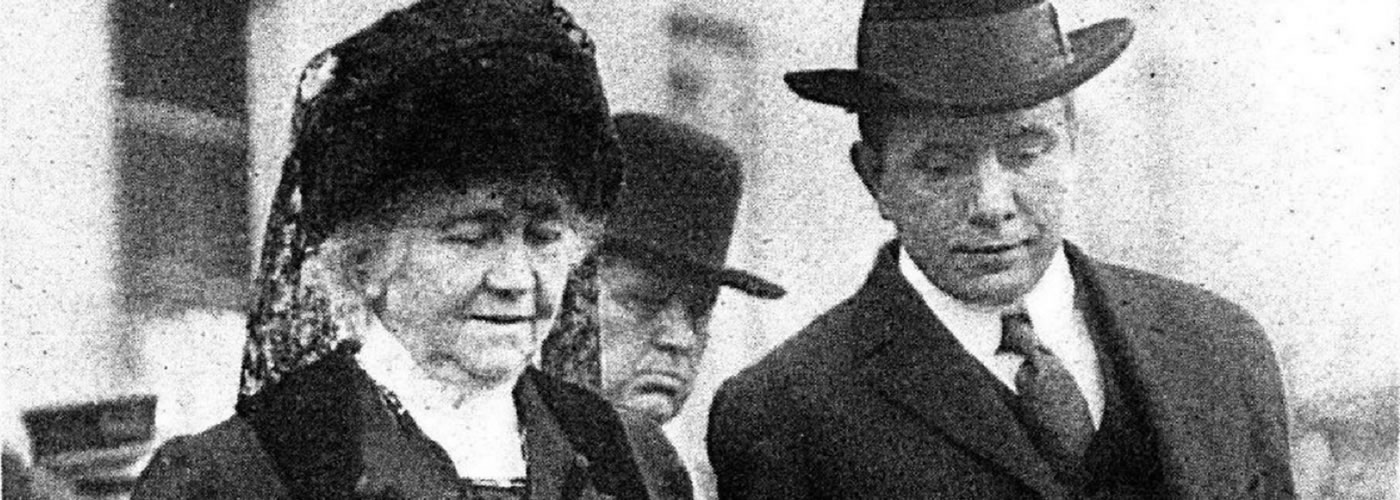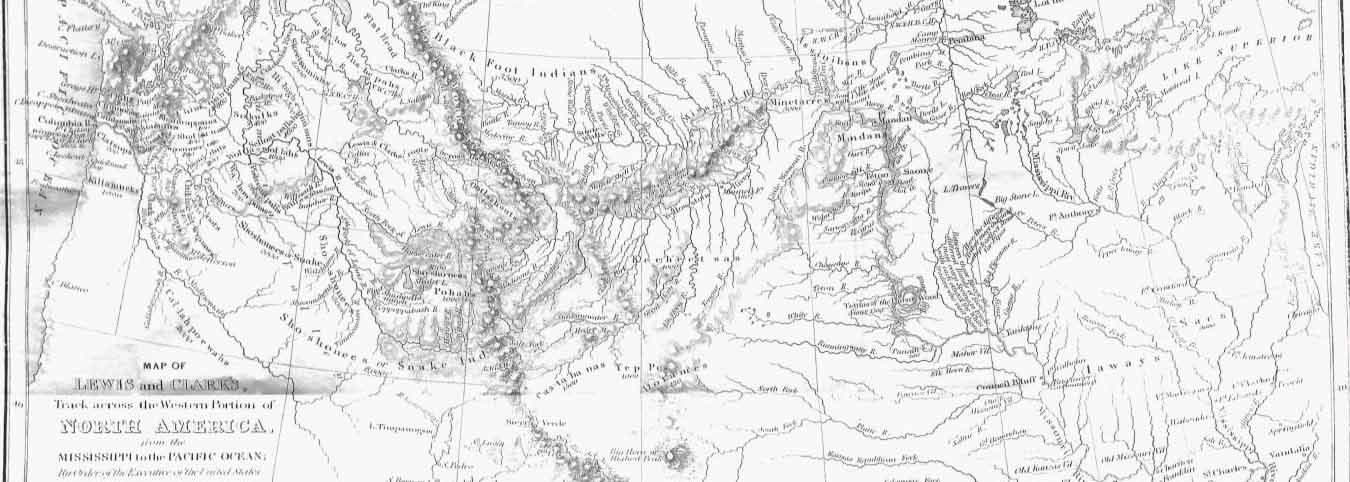Explore this international collection of materials to enhance understanding of the evolution of criminal justice and penal reform
With 2.1 million pages of trial transcripts, police and forensic reports, detective novels, newspaper accounts, true crime literature, and related ephemera, Crime, Punishment, and Popular Culture, 1790-1920 presents the broadest and deepest collection of materials supporting the study of nineteenth-century criminal history, law, literature, and justice. This quintessential resource enhances understanding of the intersection of law and society during a pivotal era of social change.
This unique international collection helps researchers explore the causes and effects of the rise in crime during the Industrial Revolution, the development of metropolitan police departments, and the public's fascination with increasingly sensational accounts of crime in newspapers and fiction. It covers changing attitudes about punishment and reform that led to such practices as solitary confinement, prison work programs, and penal transportation, as well as "scientific" theories such as phrenology, which posited that character could be determined by physiognomy.
Only Crime, Punishment, and Popular Culture, 1790-1920 helps users explore the links between fact and fiction by integrating legal and historical documents with literature, an emerging crime-fiction genre, newspaper reports, and more.
Through this unique archive, researchers can search and discover essential primary documents such as trial transcripts, case notes from renowned judges, documents from detective agencies, documents related to the development of the police force, crime-related broadsides, criminal justice- and crime-related periodicals, detective fiction, mystery novels, materials related to the theory of phrenology, true crime literature, prisoner photographs, documents detailing statistics related to policing and crime, and more, all sourced from premier institutions such as the U.S. National Archives, the American Antiquarian Society, the U.K. National Archives, the British Library, the Library of Congress, Cambridge University Library, the Harvard University Law Library, and the State Library of Queensland. Engage students and explore topics across the following disciplines:
- History
- Literature
- Women’s studies
- American studies
- British studies
- Criminal justice
- Sociology
FEATURED REVIEW
“There is much remarkable material here……Not only is the content extraordinary, but the navigation through these primary sources is the fast and easy. VERDICT This enthralling and straight-forward file will be well worth its purchase price to libraries supporting serious legal, historical, and criminal justice researchers.”
- Cheryl LaGuardia, Library Journal, April 2016
Look Inside
Additional Details
subjects covered
- European Studies
- Gender & Women's Studies
- Humanities & Social Sciences
- Sociology
- Law & Legal Studies
- Criminal Justice
- Government
- U.S. History
Platform Features & Tools
Term Frequency
Researchers can see the frequency of search terms within sets of content to begin identifying central themes and assessing how individuals, places, events, and ideas interact and develop over time.
Topic Finder
By grouping commonly occurring themes, this tool reveals hidden connections within search terms—helping to shape research by integrating diverse content with relevant information.
Cross-Search Capability
Search across the materials of complementary primary source products, including books, in one united, intuitive environment, enabling innovative new research connections.


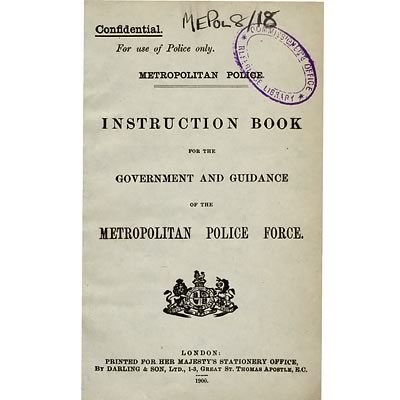
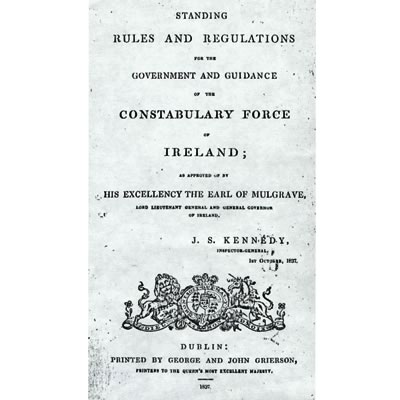
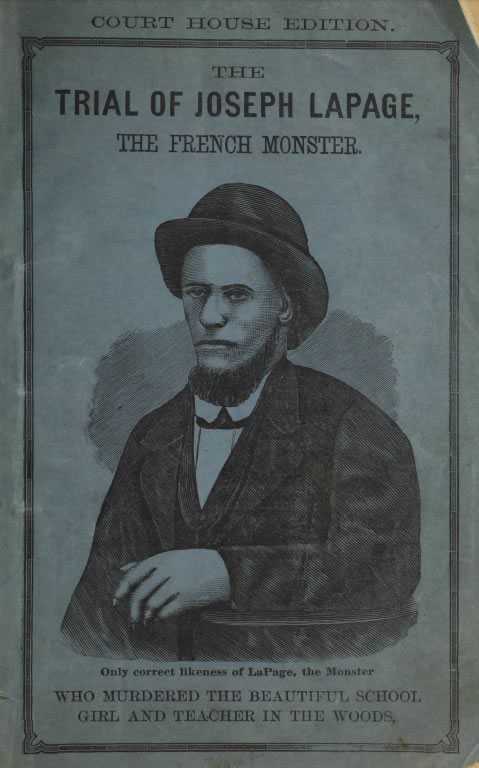
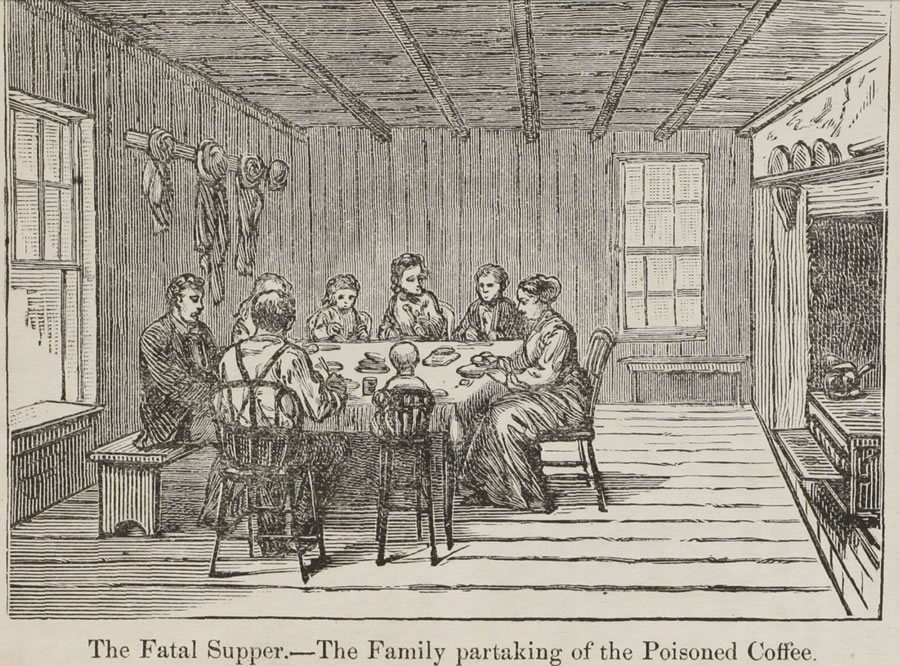
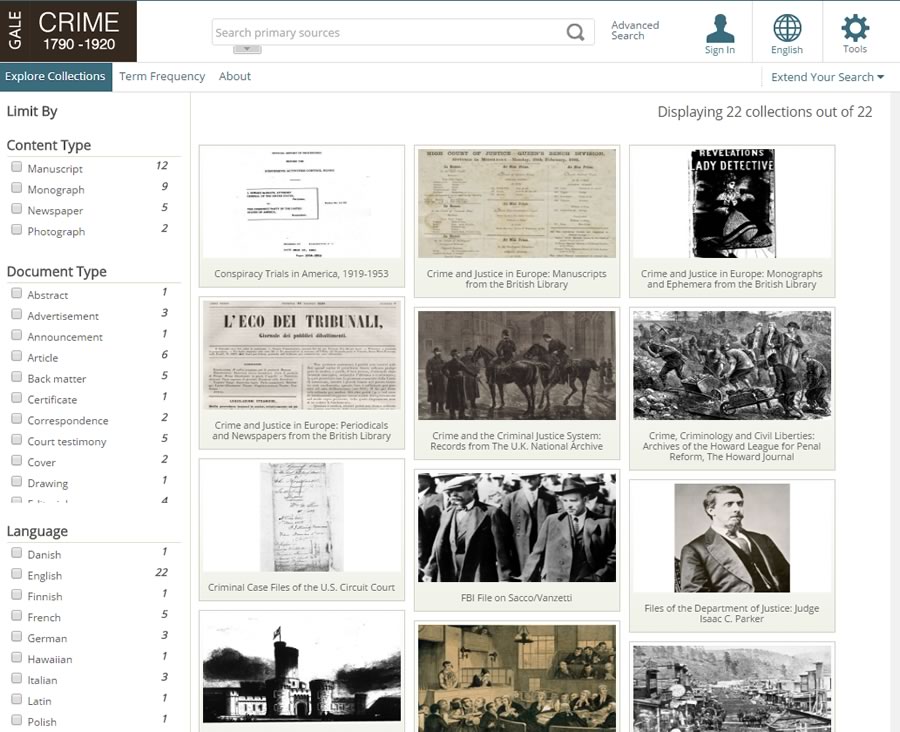
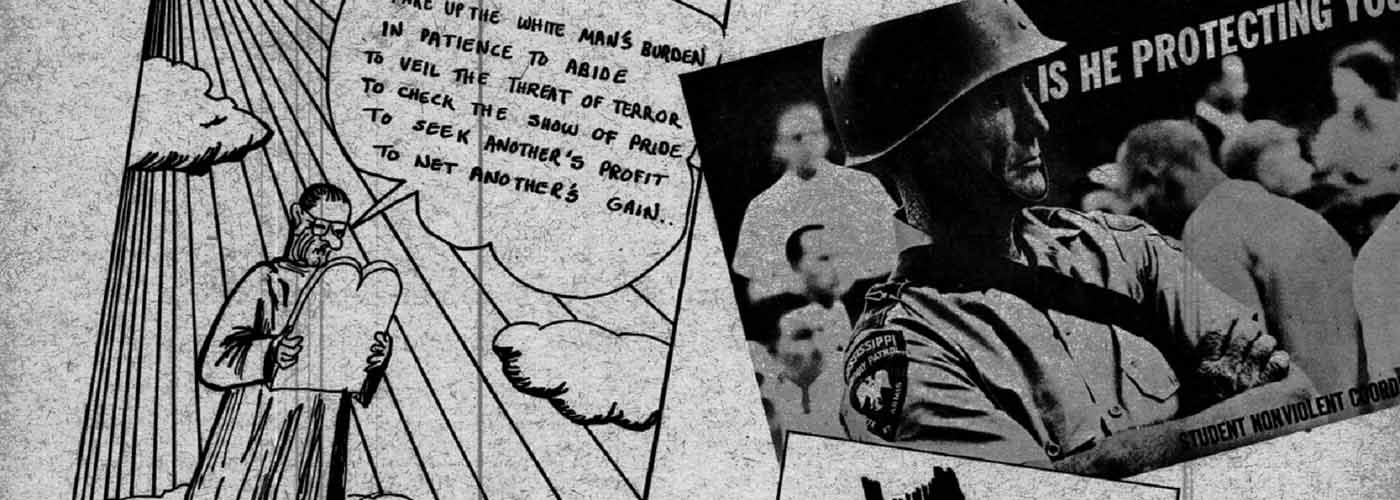


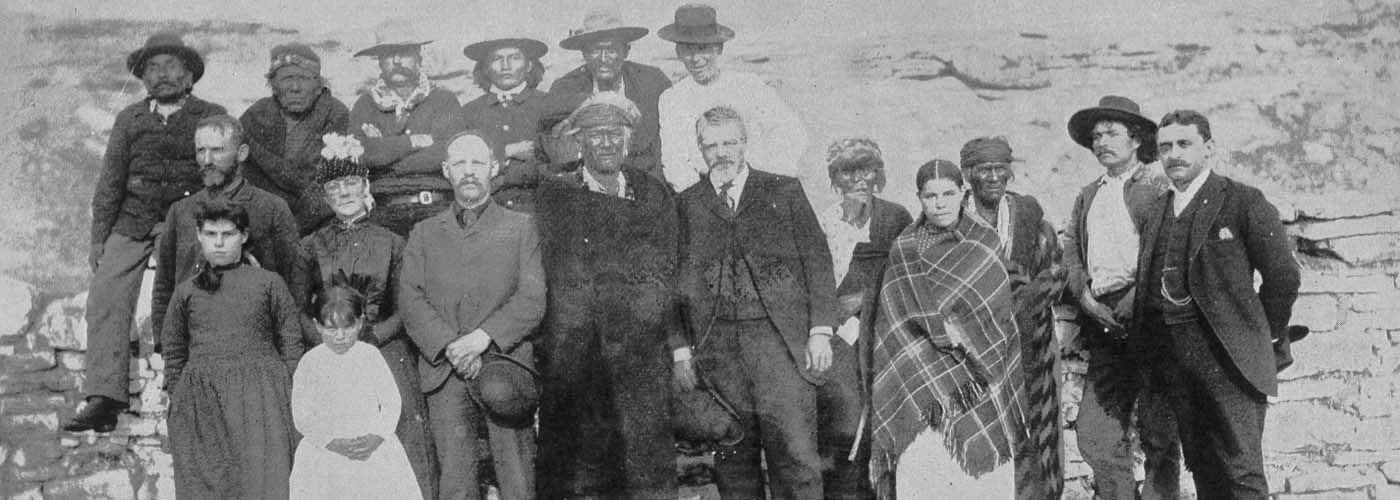
![Machin, Frank. The Yorkshire miners: a history by Frank Machin. Vol. 1. Barnsley: National Union of MineWorkers (Yorkshire Area), [1958].](/binaries/content/gallery/gale-us-en/banners/primary-sources/nineteenth-century-collections-online/gps_ncco_british_politics_banner.jpg)
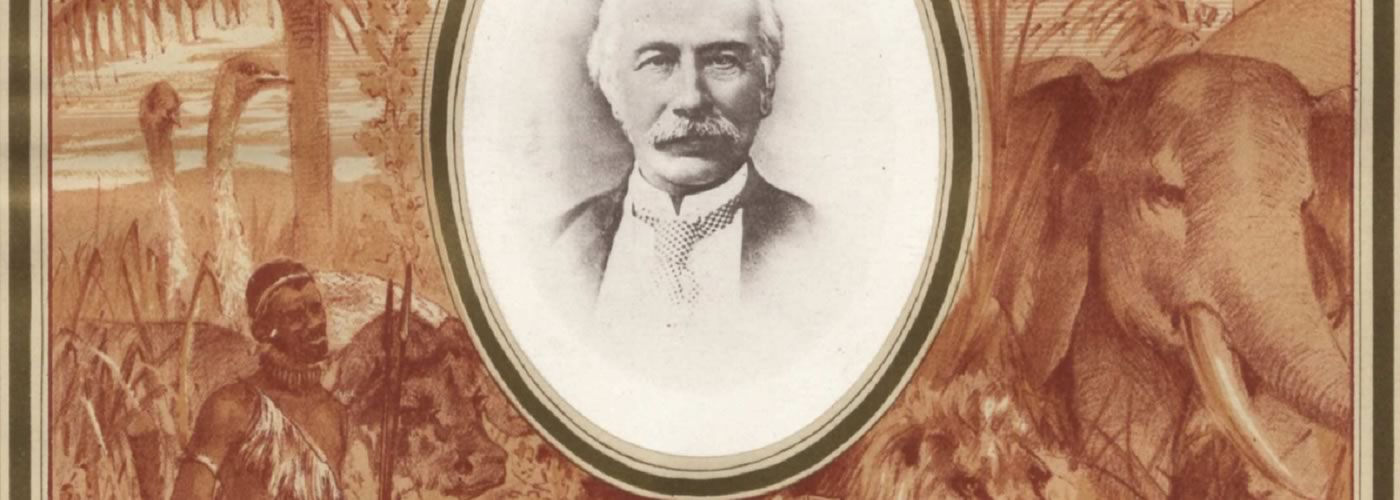
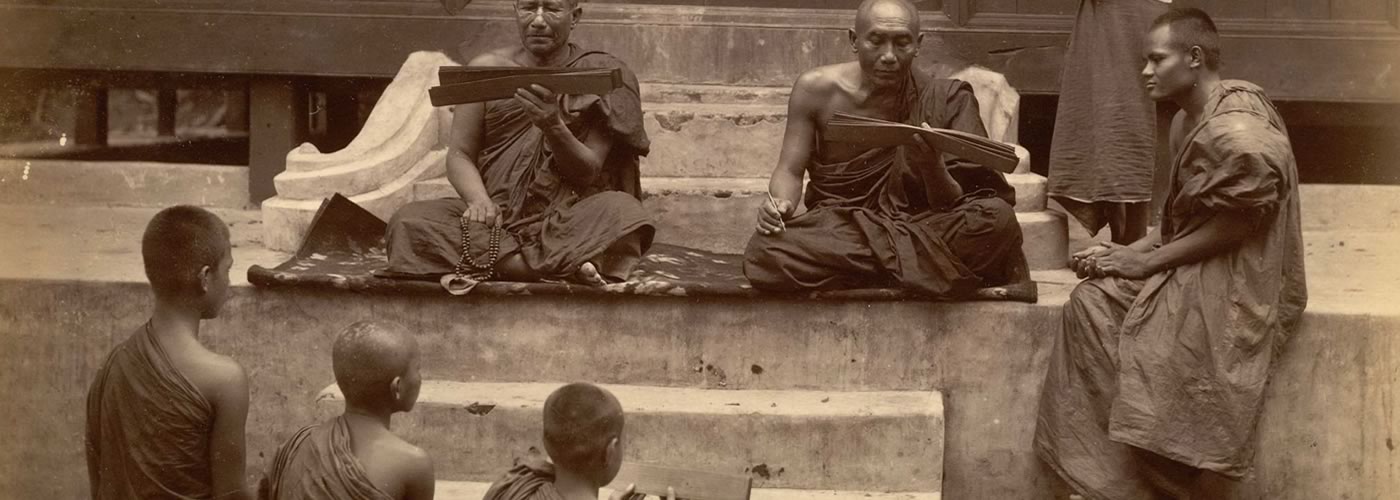
![Morrison, A. C., and California. Laws, Statutes, Etc. [From Old Catalog]. Water Code. Vol. 1. Primary Source Media, 1963.](/binaries/content/gallery/gale-us-en/banners/primary-sources/making-of-modern-law/gps_moml_primary_sources_p1_academic_banner.jpg)
![D’Andrea, Giovanni. Arbor Consanguineitatis cum Suis Enigmatibus et Figuris. [Nuremberge], [1506].](/binaries/content/gallery/gale-us-en/banners/primary-sources/making-of-modern-law/gps_moml_foreign_primary_sources_p2_academic_banner.jpg)
